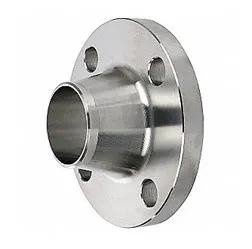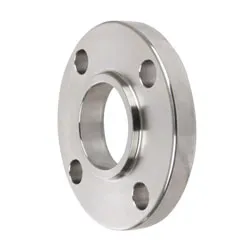-
Cangzhou Yulong Steel Co., Ltd. -
Phone:
+86 13303177267 -
Email: admin@ylsteelfittings.com
-
English -
Arabic -
Italian -
Spanish -
Portuguese -
German -
kazakh -
Persian -
Greek -
French -
Russian -
Polish -
Thai -
Indonesian -
Vietnamese -
Zulu -
Korean -
Uzbek -
Hindi -
Serbian -
Malay -
Ukrainian -
Gujarati -
Haitian Creole -
hausa -
hawaiian -
Hebrew -
Miao -
Hungarian -
Icelandic -
igbo -
irish -
Japanese -
Javanese -
Kannada -
Khmer -
Rwandese -
Afrikaans -
Albanian -
Amharic -
Armenian -
Azerbaijani -
Basque -
Belarusian -
Bengali -
Bosnian -
Bulgarian -
Catalan -
Cebuano -
China -
China (Taiwan) -
Corsican -
Croatian -
Czech -
Danish -
Esperanto -
Estonian -
Finnish -
Frisian -
Galician -
Georgian -
Kurdish -
Kyrgyz -
Lao -
Latin -
Latvian -
Lithuanian -
Luxembourgish -
Macedonian -
Malgashi -
Malayalam -
Maltese -
Maori -
Marathi -
Mongolian -
Myanmar -
Nepali -
Norwegian -
Norwegian -
Occitan -
Pashto -
Dutch -
Punjabi -
Romanian -
Samoan -
Scottish Gaelic -
Sesotho -
Shona -
Sindhi -
Sinhala -
Slovak -
Slovenian -
Somali -
Sundanese -
Swahili -
Swedish -
Tagalog -
Tajik -
Tamil -
Tatar -
Telugu -
Turkish -
Turkmen -
Urdu -
Uighur -
Welsh -
Bantu -
Yiddish -
Yoruba

Slip-On Flange vs. Weld Neck Flange
What is a Slip-On Flange?
Advantages of Slip-On Flanges:
What is a Weld Neck Flange?
Advantages of Weld Neck Flanges:
Slip-On Flange vs. Weld Neck Flange: Key Differences


-
ANSI 150P SS304 SO FLANGE News Feb.14,2025 -
ASTM A333GR6 STEEL PIPE News Jan.20,2025 -
ANSI B16.5 WELDING NECK FLANGE News Jan.15,2026 -
ANSI B16.5 SLIP-ON FLANGE News Apr.19,2024 -
SABS 1123 FLANGE News Jan.15,2025 -
DIN86044 PLATE FLANGE News Apr.19,2024 -
DIN2527 BLIND FLANGE News Apr.12,2024 -
JIS B2311 Butt-Welding Fittings LR/SR 45°/90° /180°Seamless/Weld News Apr.23,2024










